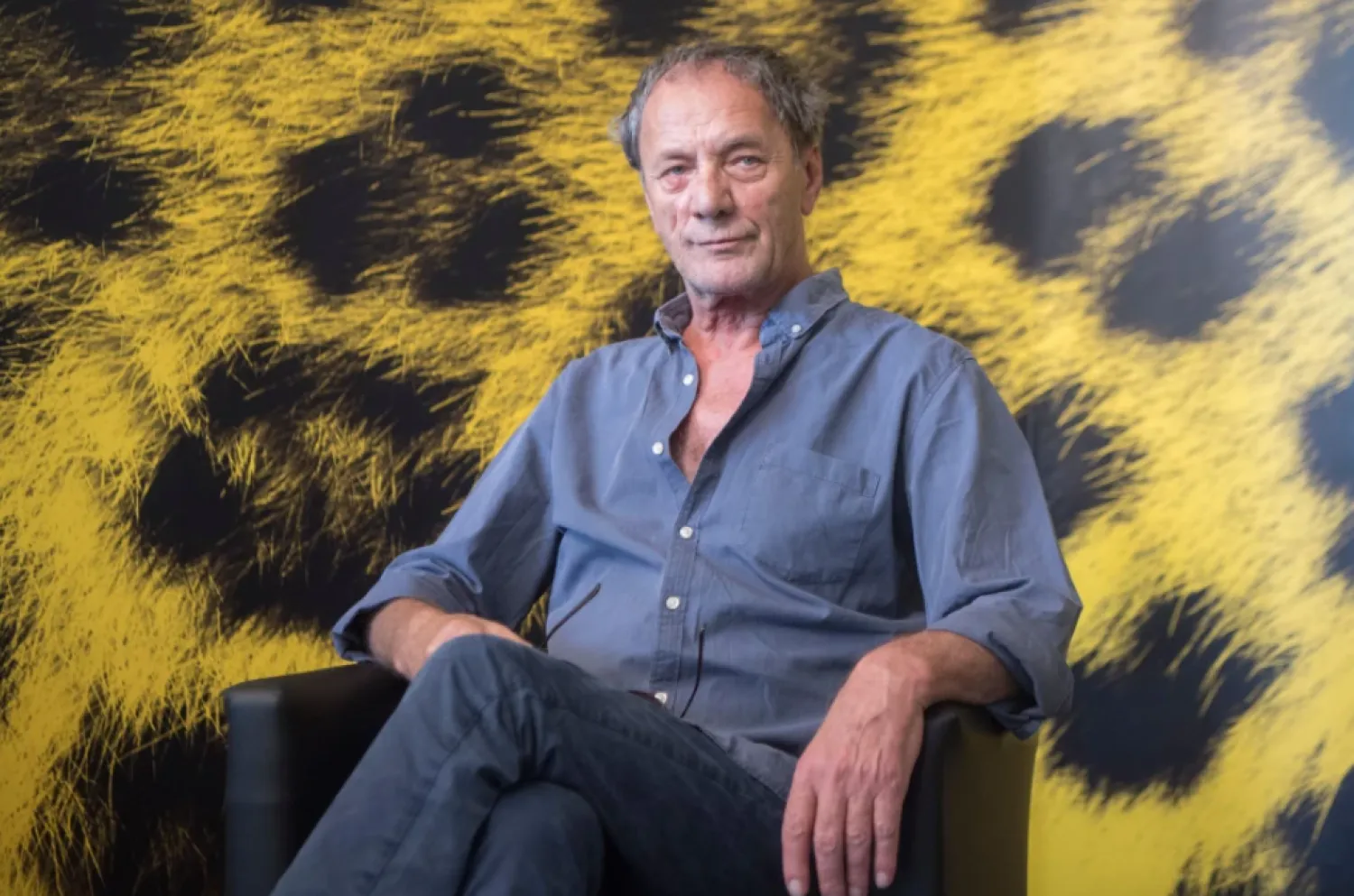Suze Lopez holds her baby boy on her lap and marvels at the remarkable way he came into the world.
Before little Ryu was born, he developed outside his mom’s womb, hidden by a basketball-sized ovarian cyst — a dangerous situation so rare that his doctors plan to write about the case for a medical journal, The AP news reported.
Just 1 in 30,000 pregnancies occur in the abdomen instead of the uterus, and those that make it to full term “are essentially unheard of — far, far less than 1 in a million,” said Dr. John Ozimek, medical director of labor and delivery at Cedars-Sinai in Los Angeles, where Ryu was born. “I mean, this is really insane.”
Lopez, a 41-year-old nurse who lives in Bakersfield, California, didn’t know she was pregnant with her second child until days before giving birth.
When her belly began to grow earlier this year, she thought it was her ovarian cyst getting bigger. Doctors had been monitoring the mass since her 20s, leaving it in place after removing her right ovary and another cyst.
Lopez experienced none of the usual pregnancy symptoms, such as morning sickness, and never felt kicks. Though she didn’t have a period, her cycle is irregular and she sometimes goes years without one.
For months, she and her husband, Andrew Lopez, went about their lives and traveled abroad.
But gradually, the pain and pressure in her abdomen got worse, and Lopez figured it was finally time to get the 22-pound (10-kilogram) cyst removed. She needed a CT scan, which required a pregnancy test first because of the radiation exposure. To her great surprise, the test came back positive.
Lopez shared the news with her husband at a Dodgers baseball game in August, handing him a package with a note and a onesie.
“I just saw her face,” he recalled, “and she just looked like she wanted to weep and smile and cry at the same time.”
Shortly after the game, Lopez began feeling unwell and sought help at Cedars-Sinai. It turned out she had dangerously high blood pressure, which the medical team stabilized. They also did blood work and gave her an ultrasound and an MRI. The scans found that her uterus was empty, but a nearly full-term fetus in an amniotic sac was hiding in a small space in her abdomen, near her liver.
“It did not look like it was directly invading any organs,” Ozimek said. “It looked like it was mostly implanted on the sidewall of the pelvis, which is also very dangerous but more manageable than being implanted in the liver.”
Dr. Cara Heuser, a maternal-fetal specialist in Utah not involved with the case, said almost all pregnancies that implant outside the uterus — called ectopic pregnancies — go on to rupture and hemorrhage if not removed. Most commonly, they occur in the fallopian tubes.
A 2023 medical journal article by doctors in Ethiopia described another abdominal pregnancy in which the mother and baby survived, pointing out that fetal mortality can be as high as 90% in such cases and birth defects are seen in about 1 in 5 surviving babies.
But Lopez and her son beat all the odds.
On Aug. 18, a medical team delivered the 8-pound (3.6-kilogram) baby while she was under full anesthesia, removing the cyst during the same surgery. She lost nearly all of her blood, Ozimek said, but the team got the bleeding under control and gave her transfusions.
Doctors continually updated her husband about what was happening.
“The whole time, I might have seemed calm on the outside, but I was doing nothing but praying on the inside,” Andrew Lopez said. “It was just something that scared me half to death, knowing that at any point I could lose my wife or my child.”
Instead, they both recovered well.
“It was really, really remarkable,” Ozimek said.
Since then, Ryu — named after a baseball player and a character in the Street Fighter video game series — has been healthy and thriving. His parents love watching him interact with his 18-year-old sister, Kaila, and say he completes their family.
With Ryu’s first Christmas approaching, Lopez describes feeling blessed beyond measure.
“I do believe in miracles,” she said, looking down at her baby. “God gave us this gift — the best gift ever.”









